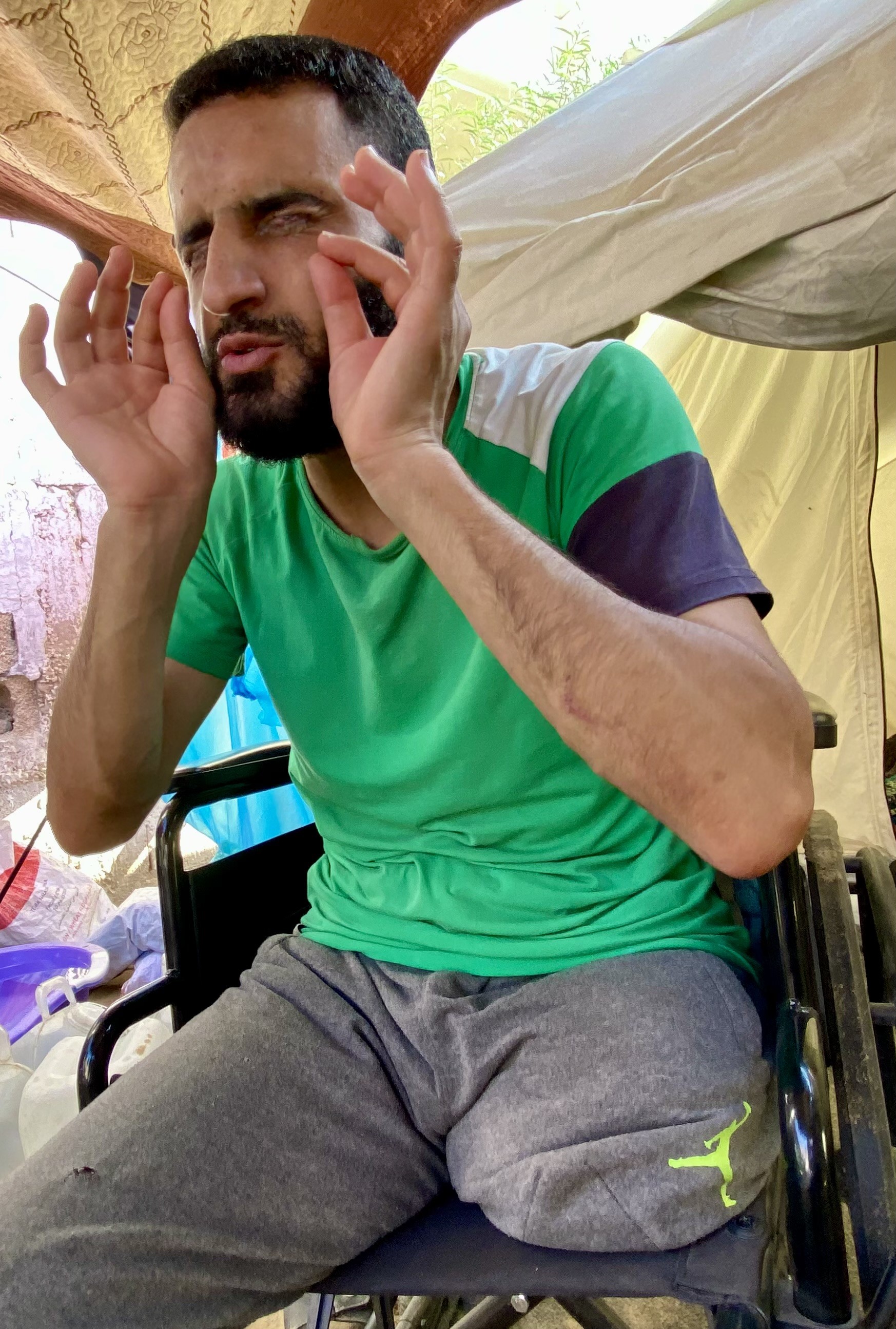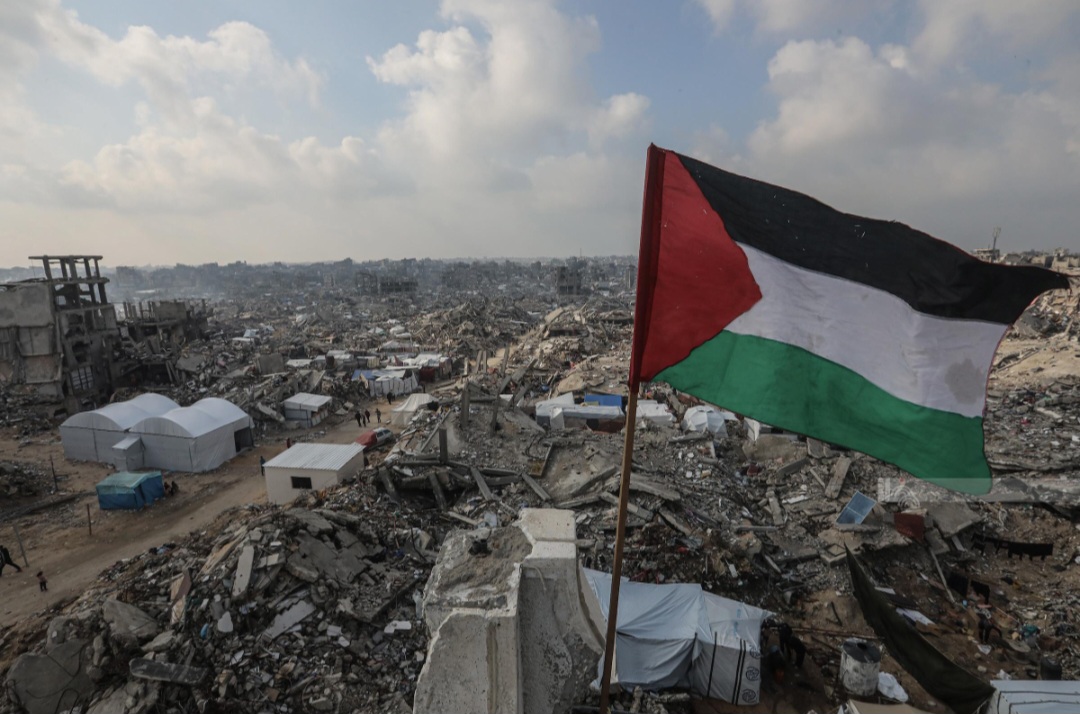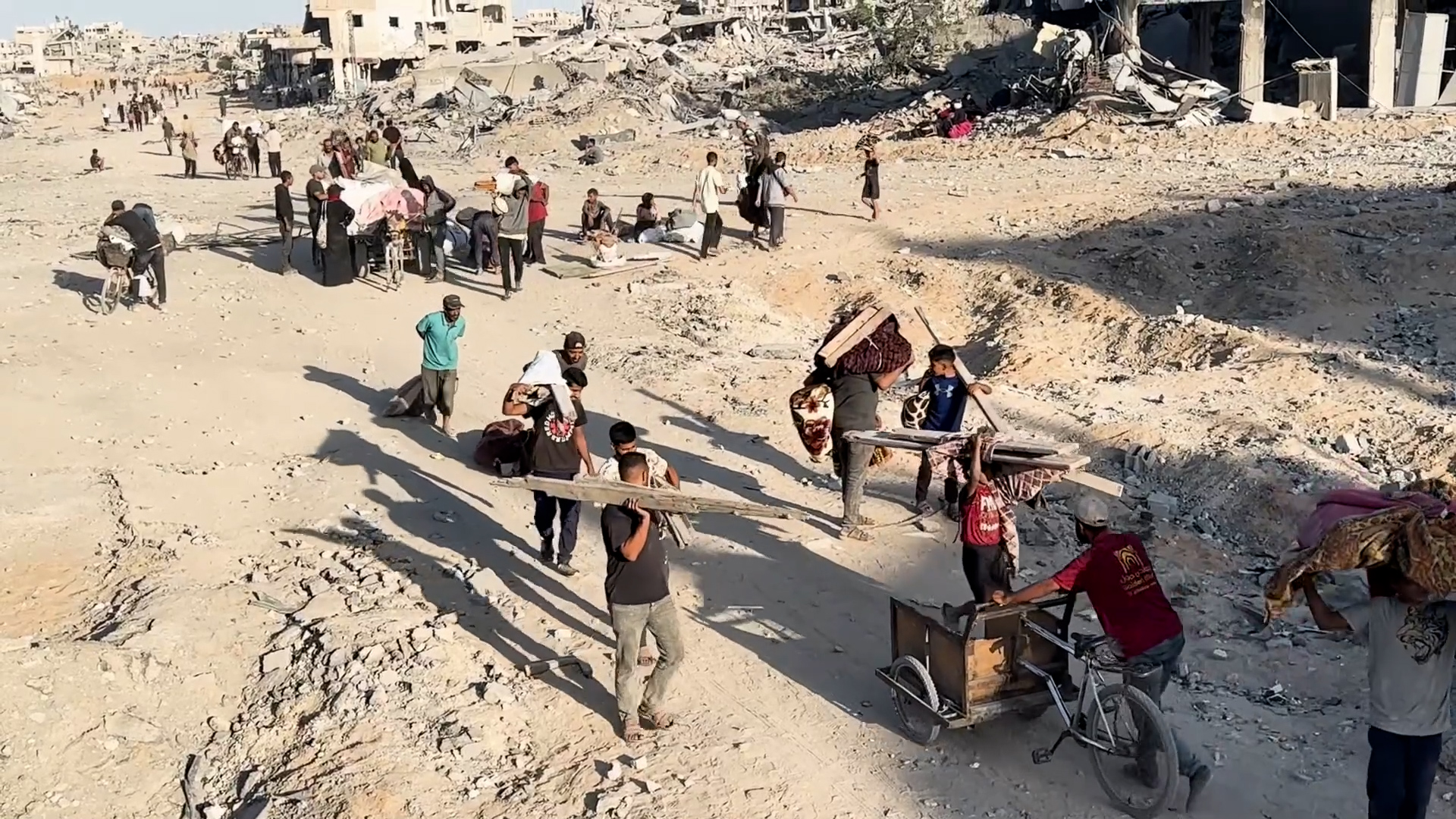RAMALLAH, October 5, 2025 (WAFA) – For two consecutive years, since October 7, 2023, the Gaza Strip has been the epicenter of a devastating genocide. What started as a bombing campaign quickly evolved into a sustained, systematic assault on civilian life, infrastructure, and the very future of an entire people.
More than 67,000 Palestinians have been killed and nearly 170,000 injured, the vast majority of them women and children. Thousands more remain buried under rubble, unreachable even by emergency responders.
The collapse of a health system
The Palestinian Ministry of Health stresses that the impact of this war cannot be summarized in numbers alone. Gaza's healthcare system has been pushed to the brink of total collapse. Of the 36 hospitals that served the population before the war, 34 have been completely or partially destroyed. More than 400 documented attacks have targeted hospitals, clinics, medical staff, and ambulances.
Some 150 ambulances have been damaged or destroyed. Medical teams operate in horrific conditions, often without anesthesia, electricity, or sufficient supplies. The few partially functioning hospitals—like Al-Shifa, Al-Ahli Baptist, and Nasser—are overwhelmed beyond capacity.
Starvation as a weapon of war
Israel has used hunger as a weapon. By August 2024, the UN-led Integrated Food Security Phase Classification (IPC) confirmed the outbreak of famine in Gaza. Over 500,000 Palestinians are living in Phase 5 conditions—the most catastrophic level of food insecurity—marked by extreme hunger, acute malnutrition, and death. An additional 1.07 million people face emergency levels (Phase 4), while nearly 400,000 are in crisis (Phase 3). Since October 2023, at least 459 people, including 154 children, have died as a direct result of starvation and malnutrition.
Despite hundreds of aid trucks waiting at Gaza’s borders, Israel has blocked or severely restricted their entry. Since March 2, 2025, the siege has tightened further, completely sealing crossings and obstructing humanitarian deliveries. UN agencies describe the allowed quantities of aid as insufficient to meet even the most basic human needs, calling them “a drop in the ocean.”
Mass displacement and forced eviction
Over 1.9 million Palestinians—more than 80% of Gaza’s population—have been forcibly displaced. Many have fled multiple times. UNRWA reports that nearly every family has been uprooted at least once since the start of the war. Following a large-scale military offensive in March 2025, over 1.2 million people fled Gaza City in just days. In July, Israel's government approved a plan to gradually reoccupy the entire Gaza Strip, starting with the north.
According to the United Nations Office for the Coordination of Humanitarian Affairs (OCHA), 88% of Gaza’s land—around 317 square kilometers—is now under evacuation orders. Entire towns have been emptied. From September 20 to 27, 2025, thousands of people were forced to walk for hours to reach safety, including children, the elderly, and people with disabilities.
Many families sold their remaining possessions to pay for transport. Others simply walked, with no food or water. Over 70 shelters in northern Gaza have closed due to overcrowding, damage, or lack of aid. Tens of thousands of displaced people now sleep outdoors, exposed to the elements.
An environmental disaster with generational impact
Beyond the immediate humanitarian crisis, Gaza is facing a slow-moving environmental catastrophe. In a September 2025 report, the United Nations Environment Programme (UNEP) warned that the damage to Gaza’s environment could take decades to repair. Clean water is nearly nonexistent. Sewage networks have collapsed. Aquifers are polluted. Coastal waters are contaminated. According to UNEP, 97% of Gaza’s tree crops, 95% of greenhouses, and 82% of seasonal crops have been destroyed, rendering local food production nearly impossible.
Gaza’s urban infrastructure has also been decimated. Out of an estimated 250,000 buildings, 78% have sustained damage or total destruction. This has created 61 million tons of rubble—15% of which may be contaminated with asbestos, chemicals, or heavy metals. The combination of air, water, and soil contamination poses severe long-term risks to public health, especially for children.
The systematic destruction of education
Education in Gaza has not been spared. According to the Ministry of Education, over 179 public schools have been completely destroyed and more than 100 UNRWA schools have been damaged or rendered unusable. Twenty higher education institutions have suffered severe damage, and over 60 university buildings have been leveled.
Since the beginning of the war, more than 18,000 school students and over 1,300 university students have been killed. Over 1,000 educators have lost their lives, and nearly 5,000 more have been injured.
As a result, more than 630,000 students have been deprived of their right to education. Dozens of schools have been entirely erased from official registries. Despite these overwhelming obstacles, the Ministry of Education organized electronic high school graduation exams for 27,000 students born in 2006.
It is also preparing to conduct exams for students born in 2007. Online and community-based learning initiatives have been introduced, offering some continuity for Gaza’s youth.
A world watching, a people forgotten
As the war enters its third year, international condemnation has been loud but largely ineffective. Ceasefire proposals have failed, and humanitarian access continues to be restricted.
For the people of Gaza, the reality is one of despair, not diplomacy. Each day brings new loss, whether from airstrikes, starvation, displacement, or disease. Entire generations are being raised under the shadow of war, without access to education, safety, or hope. The consequences will ripple across decades, affecting not only Palestinians but the region and the global conscience.
M.N












